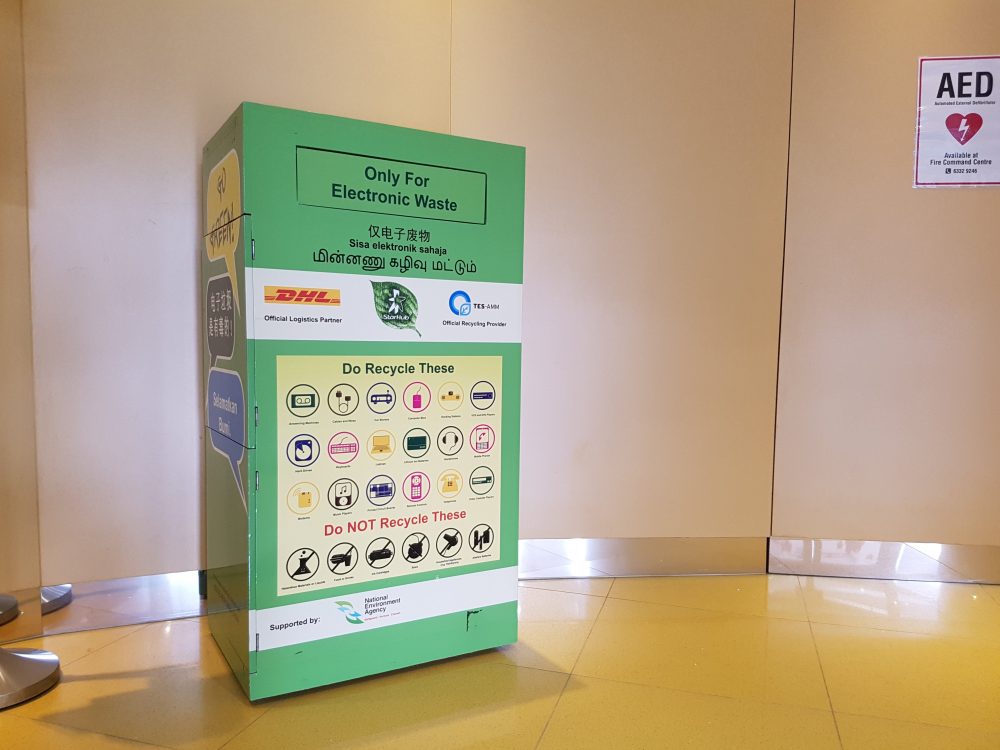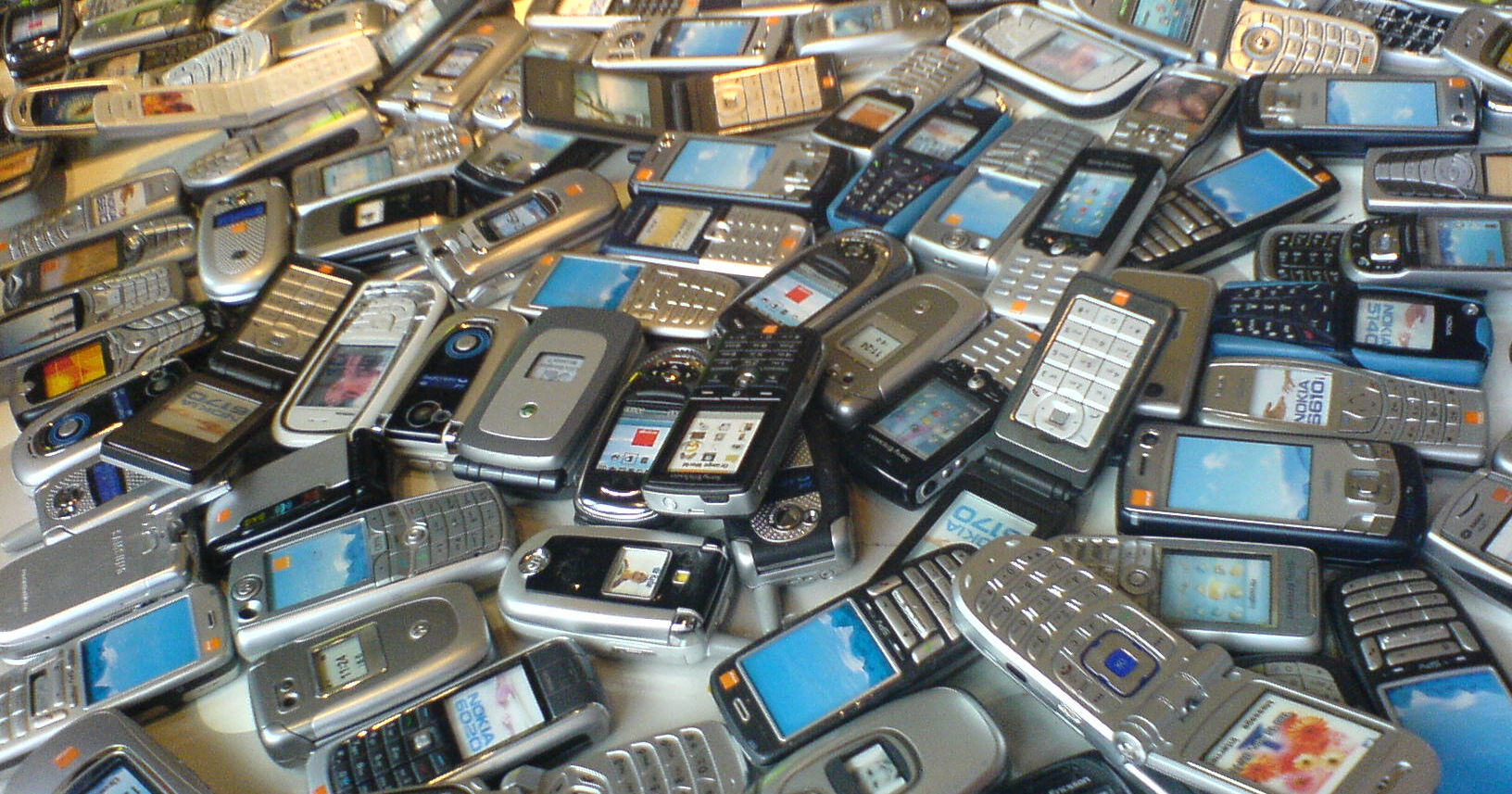Singaporeans use a lot of electronic goods.
More often than not, they are relegated to the dustbin or drawer when we're done with them.
However, they can also be recycled for the benefit of the environment and humankind in general.
Dealing with too much e-waste
E-waste refers to electronic or electric equipment that we throw away, like your old phone or a refrigerator that is spoilt beyond repair.
Each year, Singapore generates up to 60 million kg of e-waste. That works out to about 11kg of e-waste per person every year.
Heavy metals in e-waste
E-waste do contain heavy metals and other substances harmful to the environment and people if not handled properly.
Refrigerator coolants, for example, deplete the ozone layer.
But if recycled properly, a large portion of e-waste can be re-used.
For example, a motherboard can be extracted and refurbished. Plastic and metal components of e-waste can also be recycled.
Not lumping e-waste with general waste also helps free up space needed for actual general waste, especially since we face space constraints.
General waste that is not recycled get incinerated. The ash from our incinerator plants can be recycled, like being made into bricks, but that cannot be done if the incinerated ash contains heavy metals.
How Singaporeans currently deal with e-waste
According to an National Environment Agency study conducted from 2016 to 2017, Singaporeans tend to do three things with our e-waste:
- Handed over to deliverymen
- Thrown away with general waste
- Traded-in or resold
 Vis NEA.
Vis NEA.
Only 6 percent of e-waste was recycled, while another 9 percent was given to charities.
[related_story]
How to recycle e-waste
There are a number of e-waste recycling points that accept e-waste. These are divided into:
- General e-waste collection programme (usually having to fit within the 470mm x 120mm slot of the collection bins)
- Ink and toner cartridge collection programme
- Lightbulb collection programme at Ikea outlets
A typical e-waste recycling bin looks like this:
 E-waste recycling bin spotted at Plaza Singapura. Image by Joshua Lee.
E-waste recycling bin spotted at Plaza Singapura. Image by Joshua Lee.
All that you need to do is dump your electronic equipment inside.
But what about my old washing machine?
Obviously, these collection bins will not be able to swallow your spoilt refrigerators and washing machines.
Bulky items are usually carted away by deliverymen who deliver your spanking new refrigerators or given away to the karang guni man.
However, if you wish to make sure your bulky appliances are being recycled, you can refer to this list of Collectors, Traders and Local Recycling Facilities compiled by NEA for the public.
It is also categorised according to various types of waste.
However, NEA is also looking at implementing legislation that forces producers to accept old bulky electrical appliances for recycling, placing the burden on these companies to ensure that their products are properly recycled at the end of their life cycle.
NEA and the Ministry of Environment and Water Resources (MEWR) are looking into developing a comprehensive e-waste management system in Singapore, similar to those in Germany and South Korea.
NEA will also be holding a consultation with members of the public in February 2018.
Here are a few interesting articles you should check out next:
We got people on the street to talk about songs that hold a special place in their hearts, because kaypoh
Quiz: What kind of Chinese New Year gift are you?
Random trivia about Changi Airport you never needed to know
Top image taken via
If you like what you read, follow us on Facebook, Instagram, Twitter and Telegram to get the latest updates.
